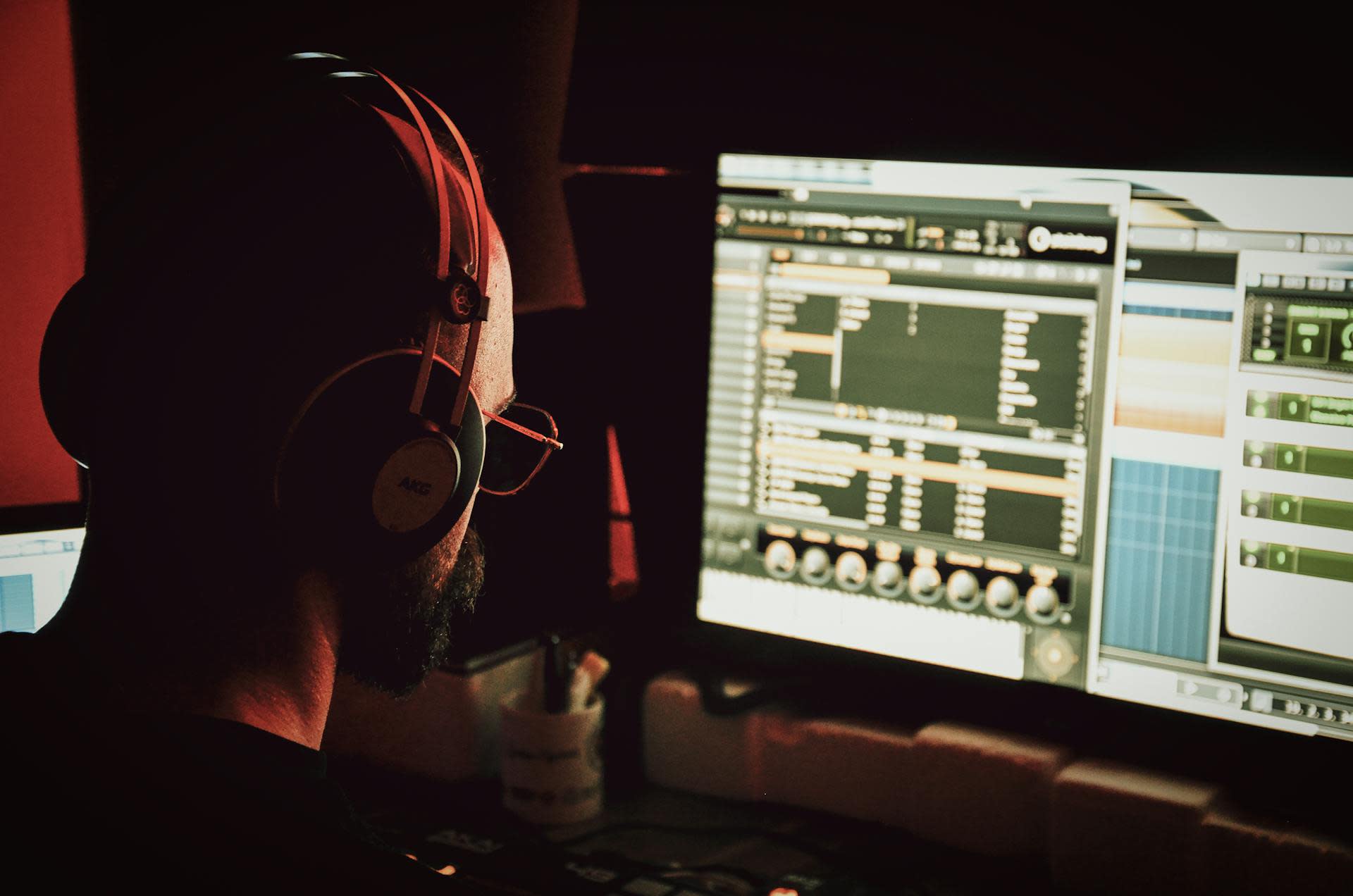How to master a Song Using Mikrotakt

Introduction to Mikrotakt
Mikrotakt is a cutting-edge AI-powered tool designed to separate vocals and instrumental tracks from songs with precision and ease. Ideal for musicians, producers, karaoke enthusiasts, and anyone interested in music editing, Mikrotakt offers a user-friendly interface and high-quality results. This guide will walk you through the simple process of isolating vocals from any song using Mikrotakt.
Step-by-Step Instructions
Step 1: Upload Original Track
Click on the "Upload Original Track" button to select the track you want to master. Ensure your file is in a supported format (e.g., WAV, MP3).
Wait for the upload to complete.
Step 2: Upload Reference Track
After uploading your original track, click on the "Upload Reference Track" button.
Select a reference track that you want your master to sound similar to. This helps Mikrotakt understand the sound profile you’re aiming for.
Wait for the upload to complete.
Step 3: Start Mastering Process
With both tracks uploaded, click on the "Start Mastering Process" button.
Mikrotakt will analyze both the original and reference tracks, adjusting the sound of your original track to match the reference track’s profile.
The system will provide an initial master based on the analysis.
How to Get the Best Results?
To get the best mastering results, consider the bit depth settings, as they significantly affect the dynamic range and noise floor of your track. Here’s a quick guide on bit depth options:
16-bit Audio
Dynamic Range:
16-bit audio has a dynamic range of 96 dB.
Noise Floor:
The lower bit depth can introduce quantization noise, which means there's a greater chance of hearing audible artifacts, especially in quieter passages.
24-bit Audio
Dynamic Range:
24-bit audio has a dynamic range of 144 dB.
Noise Floor:
The increased bit depth provides a lower noise floor compared to 16-bit audio. This means that the audio system can represent a wider range of amplitudes with greater precision, resulting in less quantization noise.
32-bit Audio
Dynamic Range:
32-bit audio has an incredibly high dynamic range, theoretically allowing for 192 dB.
Noise Floor:
The noise floor is very low, making quantization noise practically negligible. 32-bit audio also has additional headroom, allowing for a greater range of amplitudes without clipping.
Conclusion
Mastering your music with Mikrotakt is straightforward and effective, allowing you to achieve professional results. By following these steps and understanding the impact of bit depth on your audio, you can ensure your music sounds its best. Happy mastering!
Visit mikrotakt.app today to start mastering your audio files with ease and precision.